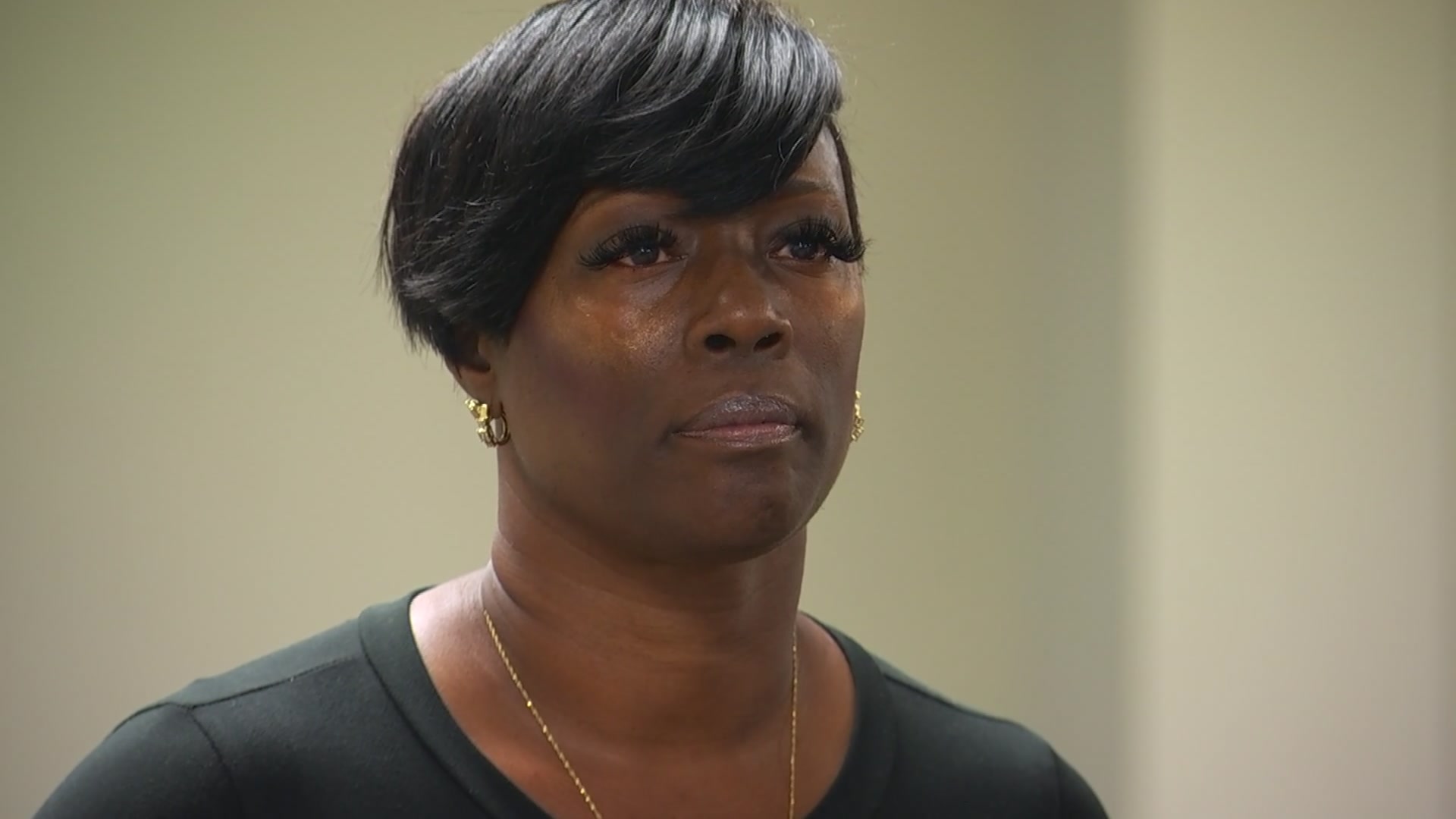Ella Burton hopes when the new Como Community Center opens this fall, her neighbors will be able to walk there, preferably on sidewalks.
The Fort Worth Star-Telegram reports folks in Como like to walk, but it can be a bit tricky, said Burton, who is the neighborhood president. There's a hodgepodge network of paved walkways, like in many older Fort Worth districts where property owners may not have the money to maintain sidewalks. Horne Street, Como's main street, lacks sidewalks on both sides south of Blackmore Avenue, while side streets like Littlepage and Humbert Avenue do not have any for several blocks.
"You can find folks walking around here pert-near any time of the day," Burton said, adding that without sidewalks local drivers have grown accustomed to spotting walkers in the street. "It's either step off into the road or walk through someone's lot."
Como and neighborhoods like it should see a renewed city interest in pedestrian walkways. Fort Worth will invest an additional $750,000 in sidewalk work as part of the 2020 budget City Council members approved last month. City Manager David Cooke, following a recommendation from the Race and Culture Task Force, has mandated that money be spent equitably with focus on neighborhoods with a high population of minority and low-income residents. This funding comes on top of about $12 million allocated for sidewalks in the 2018 bond election.
There's quite a lot of work to be done.
Fort Worth has around 2,500 miles of existing sidewalks, but 3,395 miles of gaps -- areas where no sidewalk exists. Most of those gaps, more than 2,000 miles worth, are in majority-minority neighborhoods, according to a city analysis.
It would cost almost $3.28 billion to install sidewalks in all the gaps, according to a city estimate, so the city has prioritized roughly 151 miles at cost of $145.9 million. A typical sidewalk costs $180 per 100 square feet, said William Johnson, the new Transportation and Public Works director.
Local
The latest news from around North Texas.
Sidewalk needs branch across Fort Worth, largely inside Loop 820. Older neighborhoods like Como, Greater Northside Historical, Meadowbrook and the Near Southside stand out.
City code mandates property owners take responsibility for sidewalks, said Dana Burghdoff, interim assistant city manager. That means in new areas like in far north Fort Worth, sidewalks have not been an issue, but older, poorer parts of town have been overlooked.
"There's a need for the city to take action," she said.
Johnson, who joined the city at the beginning of September, said the city hasn't decided on specifics about when and how it will use the additional sidewalk funding, but he anticipates the city working with neighborhoods to prioritize projects.
Councilwoman Gyna Bivens said she expects staff to engage with churches and neighborhood associations to learn where communities need sidewalks the most. The city invested money in some sidewalks in the Stop Six neighborhood in 2017, but she said it wasn't enough to cover all the gaps.
"These are underserved areas, historically," Bivens said about parts of east Fort Worth.
Glencrest-area resident James Brown wrote in an email he has seen school kids walking in the street along heavily trafficked Old Mansfield Road. Although most of the neighborhood has sidewalks, he said he hoped the city would prioritize busy streets like Old Mansfield Road.
"It's very possible based on how some of the drivers speed through this neighborhood sometimes, they could easily lose control," Brown wrote. "I mostly fear for the school kids that have no choice but to walk in the street to get home every school day."
Areas that lack sidewalks pose a safety risk to children and other pedestrians, said Fort Worth school board trustee Tobi Jackson, who represents parts of east Fort Worth. She described areas that lack curbs where children must walk in mud and pooled water, particularly Ederville Road, which she called a "tough challenge" for students walking to Meadowbrook Middle.
"Youth walking to and from school are in danger of falling in the mud and water, being splashed with dirty water and also being hit by a motor vehicle, as there isn't a safe walking path," Jackson said in a text message.
It's not just predominantly residential areas that could benefit.
Though the Near Southside has been working with the city to improve streets and sidewalks in the booming district south of downtown, president Mike Brennan said it's unlikely money from a special tax district and bond programs will fund all of the gaps.
Walkability is a major factor in the area, which includes Fort Worth's Medical District, Magnolia Avenue and the South Main Street corridor. Roughly 3,000 apartments are expected to be opening, and Brennan said people will want to walk.
"We've got to make it possible for these new residents to be able to walk out of their apartments and down to our businesses," he said. "We do not want them to have to choose to get in their car and drive what might be a quarter of a mile."



